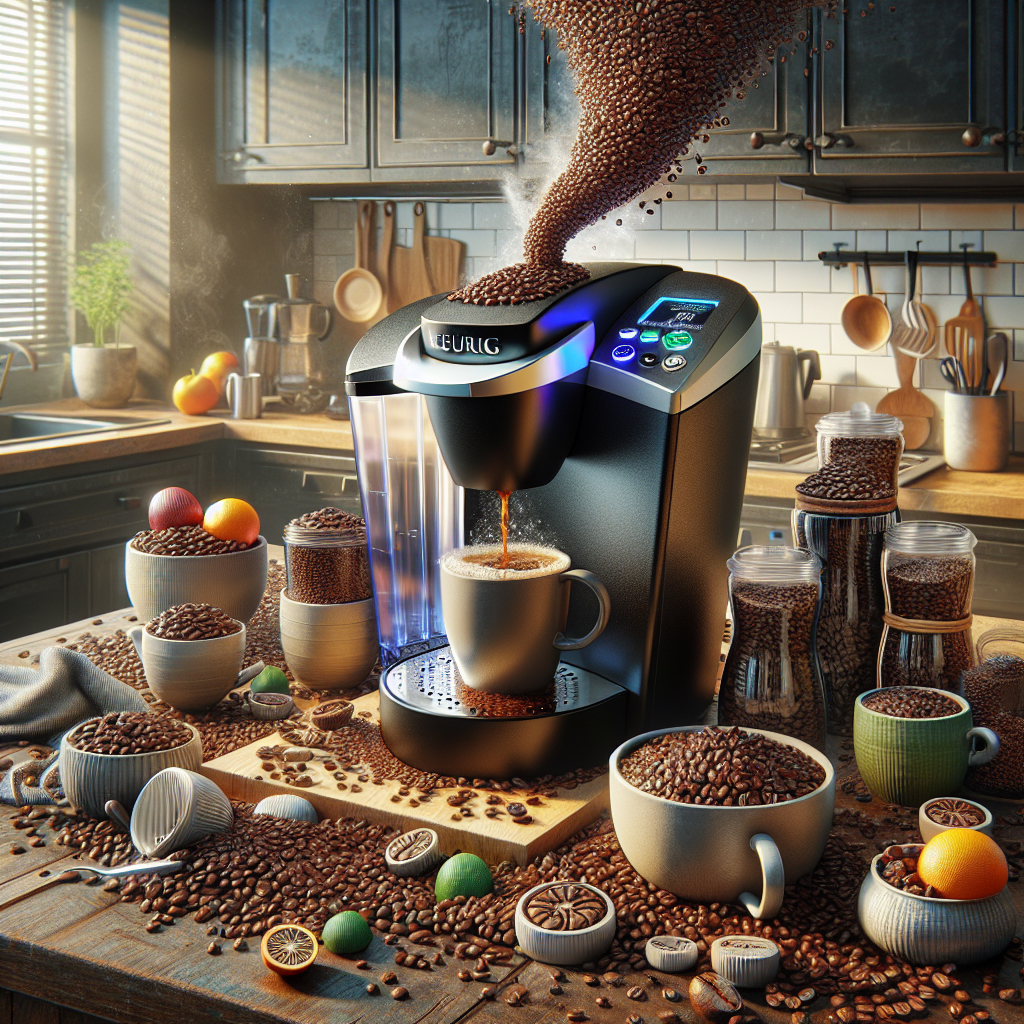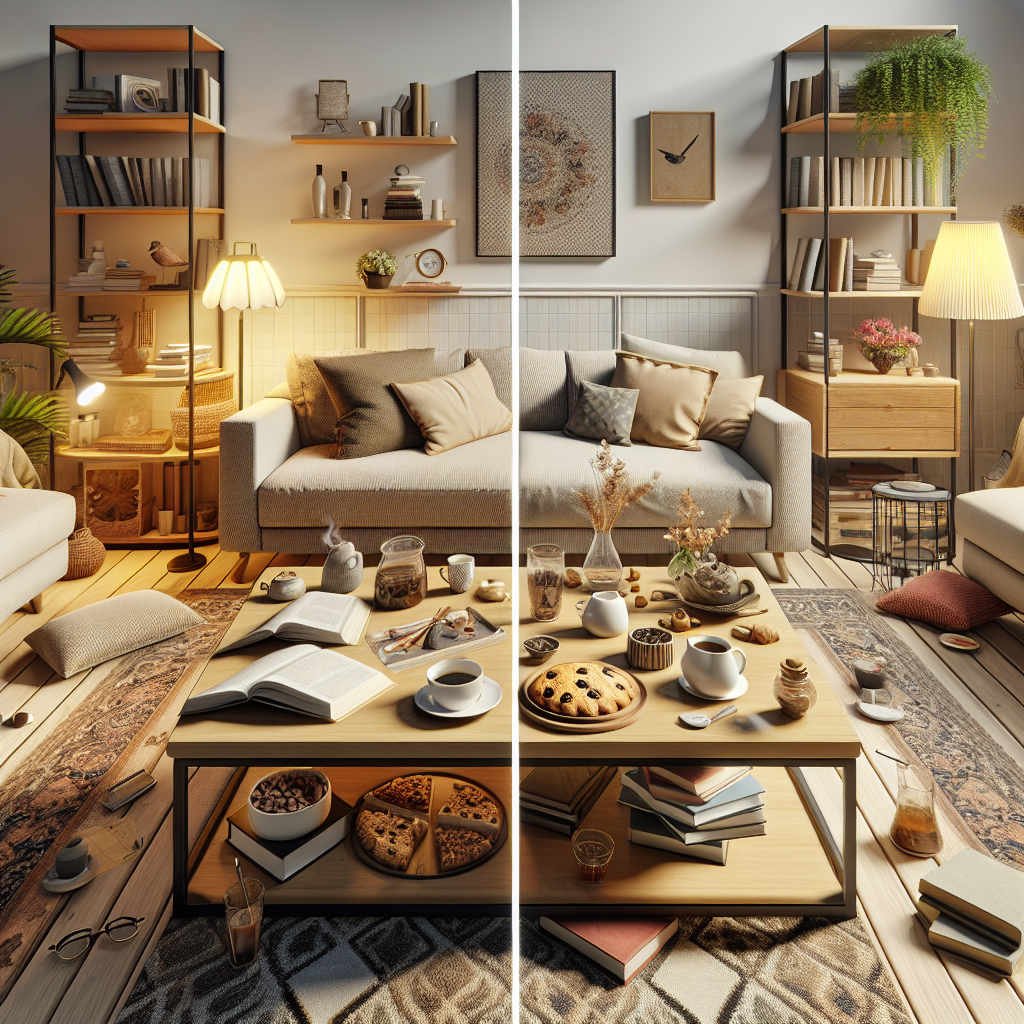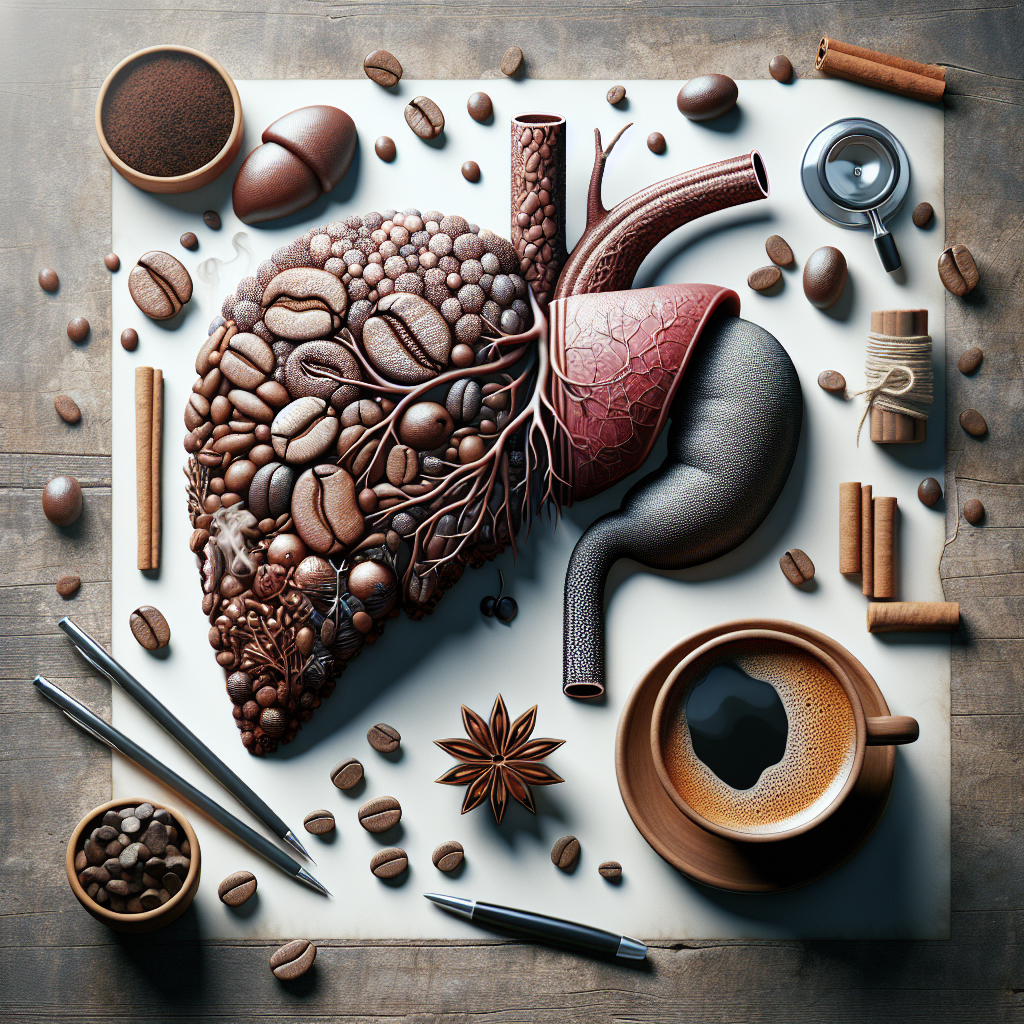Introduction
Imagine waking up to the rich aroma of freshly brewed coffee wafting through your home, a gentle reminder that a perfect cup of coffee is just a button away. For many Americans, Keurig has become an indispensable companion in their quest for that perfect brew. But with a plethora of options available, which coffee should you choose to make the most out of your Keurig machine? Let’s embark on this flavorful journey together.
- Understanding Your Keurig Machine
- Types of Coffee Pods
- Best Coffee Brands for Keurig
- How to Enhance Your Keurig Coffee Experience
- Key Takeaways
- FAQ
- Conclusion
Understanding Your Keurig Machine
Keurig machines are designed to offer convenience without compromising on taste. They utilize K-Cup pods, which contain pre-measured amounts of ground coffee, ensuring consistency in every cup. However, the magic lies not just in the machine but also in the quality of the coffee you choose.
Types of Coffee Pods
Single-Origin Pods
Single-origin coffee pods source their beans from one location, offering unique flavor profiles that reflect the terroir of the region. These can include beans from Ethiopia, Colombia, or Guatemala, each providing distinct notes ranging from fruity undertones to deep, chocolatey finishes.
Blended Pods
Blended pods combine beans from multiple locations, creating a balanced and consistent flavor. These are ideal for those who prefer a harmonious blend rather than the pronounced characteristics of single-origin pods.
Flavored Pods
If you enjoy a twist to your regular coffee, flavored pods might be your go-to. From vanilla and caramel to hazelnut and mocha, these pods add an extra layer of delight to your morning ritual.
Best Coffee Brands for Keurig
With a myriad of brands vying for attention, here are some that stand out:
- Green Mountain Coffee Roasters: Known for their extensive variety and commitment to sustainability.
- Pete’s Coffee: Offers robust flavors with a focus on artisanal roasting techniques.
- Starbucks: A household name that brings its café-style experience to your home with its range of K-Cups.
- Dunkin’ Donuts: Perfect for those who love the classic American coffee shop flavor.
If you’re curious about why healthcare costs are so high in the U.S., check out our detailed article on U.S. healthcare costs.
How to Enhance Your Keurig Coffee Experience
Water Quality Matters
The quality of water can significantly impact the taste of your coffee. Using filtered or bottled water can make a noticeable difference.
Regular Maintenance
Keeping your Keurig clean ensures that each cup is fresh and free from any residual flavors. Regular descaling is essential to maintain optimal performance.
Experiment with Brew Sizes
Keurig machines offer different brew sizes. Experimenting with these can help you find the perfect strength and flavor balance for your taste.
Key Takeaways
Choosing the right coffee for your Keurig is a blend of personal preference and experimentation. Whether you prefer single-origin, blended, or flavored pods, there’s a world of flavors waiting to be explored. Remember to maintain your machine and pay attention to water quality for the best results.
FAQ
Can I use regular ground coffee in my Keurig?
Yes, with a reusable K-Cup filter, you can use your favorite ground coffee. This allows for more customization and can be more cost-effective.
How often should I descale my Keurig?
It’s recommended to descale your Keurig every three to six months, depending on usage and water hardness.
Are there eco-friendly K-Cup options?
Yes, several brands offer recyclable or compostable K-Cups. Additionally, using a reusable K-Cup filter reduces waste significantly.
Conclusion
Your Keurig machine is more than just an appliance; it’s a gateway to a world of rich and diverse coffee experiences. By selecting the right coffee pods and maintaining your machine, you can ensure every cup is as delightful as the last. So take that first sip, savor the moment, and let your Keurig take you on a journey through the vibrant tapestry of global coffee flavors.
For further details on various topics like health insurance and compliance policies, feel free to visit our comprehensive guides, including our privacy policy page.














